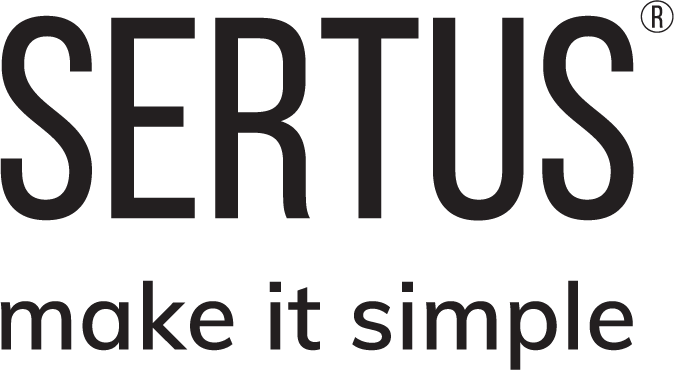Hello and welcome to another Blog from Sertus. In this article you’ll learn all about smoke control dampers.
A common question in the smoke ventilation industry is: Can I use a fire door as a smoke vent? The simple answer is no - read on to find out exactly why you can’t, and what you should use instead.
The primary reason we can’t use a fire door as a smoke vent, although there are many, is due to air leakage. Air leakage is something all smoke vents have to be tested for, but this is especially important when it comes to pressure differential or mechanical systems. Due to the much higher pressure involved in these systems, the risk of air leakage, which in turn will cause smoke contamination between fire compartments, is much greater. That’s why we have to use smoke control dampers in mechanical systems.
Now we’ll explain which parts of legislation and guidance require us to use smoke control dampers and what they need to be certified to. We have to turn to Approved Document B. Volume 1 states:
Guidance on the design of smoke control design systems that use pressure differentials is available in BS EN 12101-6.
When we look at this document, in section 11 it states:
If different pressurised or depressurised zones are connected to the same fan or set of fans by a common system of ductwork and/or shafts, smoke control dampers shall be used.
In order to find out about smoke control dampers, we look to BS 9999:2017. Section 6 states:
Where a mechanical smoke ventilation system uses a shaft, it should meet the following recommendations.
The second recommendation is the lobby vents, in the closed position should either have a minimum fire and smoke resistance performance of 60 minutes and a leakage rate no greater than 200 metres cubed per hours per metre squared when tested in accordance with BS EN 1366-2, OR be in accordance with BS EN 12101-8.
Now you know we need a damper certified to BS EN 12101-8, it’s important to let you know that Sertus have dampers available to suit your project’s needs (or specification!) – the SLD (Shaft Louvre Damper).
Both products are EIS rated - the ‘I’ being the key factor in there! We have two videos explaining the importance of I Ratings, those can be found here & here.
Thank you very much for reading this blog, if you have any questions please do contact us.
